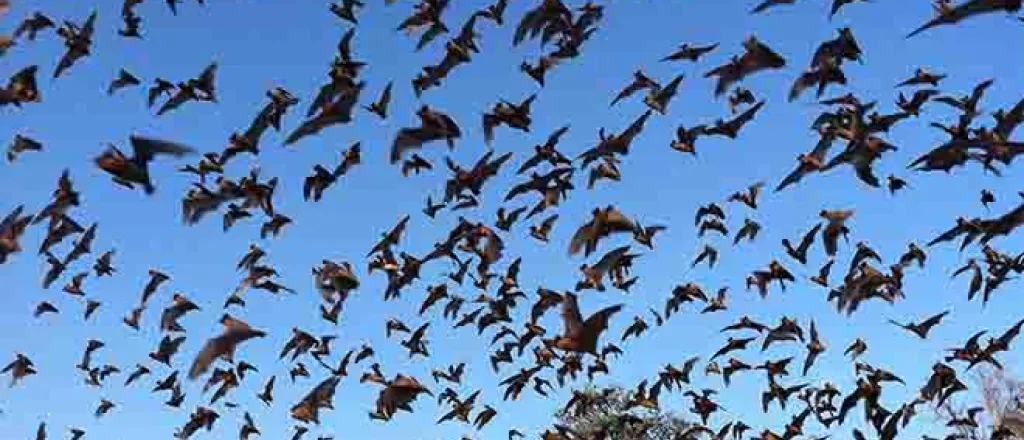
Fungus linked to fatal bat disease found in Otero County
Laboratory tests conducted by the U.S. Geological Survey confirmed that Pseudogymnoascus destructans (Pd) was found on a bat captured at Bent’s Old Fort National Historic Site in Otero County outside of La Junta.
Pd is an invasive fungus that causes white-nose syndrome (WNS) in hibernating bats. It can spread rapidly, primarily through bat-to-bat contact. There has not yet been a confirmation of a bat with WNS in Colorado, but the presence of Pd usually precedes confirmation of disease by one or two years.
“We have been monitoring the westward spread of this fungus for a number of years and this recent finding will have significant implications for the native bats of Colorado and the western U.S.,” said Colorado Parks and Wildlife Species Conservation Coordinator Tina Jackson. “We will continue to work with our partners to monitor these and other impacts to our bats and implement measures to ensure their continued survival throughout our state.”
WNS has killed millions of bats in North America. According to a recent study published in Conservation Biology, the disease has killed over 90 percent of exposed populations of three bat species in fewer than 10 years. First documented in New York state in 2006, WNS has been confirmed in 12 North American bat species in 38 states and seven Canadian provinces. Colorado joins four additional states and one Canadian province in which evidence of the fungus, but not WNS, has been found.
Colorado Parks and Wildlife and the USGS, along with U.S. Fish and Wildlife Service and National Park Service, have been conducting WNS surveys for over a decade, monitoring bats for presence of the fungus. Colorado is home to 19 native bat species, at least 13 of which may be susceptible to this disease. Colorado's native bats are all insect eaters and use various habitat types across the state. They are most active during the summer months and spend the winter either hibernating in underground roosts throughout the state or migrating south.
The positive skin swab sample was collected June 1 from a Yuma bat (Myotis yumanensis) with no visible signs of disease during a USGS-led research project monitoring bats at Bent’s Old Fort. Bats use the building structures at the fort as maternity roosts where females gather to raise their young. Of the 25 bats sampled that day, results included one positive, 20 negative, and four inconclusive findings (also Yuma bats).
Colorado Parks and Wildlife and other agencies will continue to monitor bats throughout the state and increase surveillance around this finding.
“Continued spread of the fungus increasingly puts western bat species at risk,” said Jeremy Coleman, national coordinator for the U.S. Fish and Wildlife Service’s White-nose Syndrome Program. “We are supporting research and watching closely to understand the impact the disease may have on these important bat populations.”
Any new sign of Pd spread is worrisome because bats are vital for healthy ecosystems. Furthermore, according to the journal Science (2011), bats are voracious insect-eaters that contribute at least $3 billion annually to the U.S. agricultural economy through pest control.
Although bats themselves are the primary way the fungus spreads, activity in caves, and wherever humans might encounter Pd, is a major concern. The fungus is not known to affect humans or pets.
State and federal agencies in Colorado and throughout the U.S. ask that outdoors enthusiasts help by following these recommendations:
- Stay out of closed caves and mines.
- Decontaminate footwear and all cave gear before and after visiting or touring caves and other places where bats live.
- Do not touch bats. Report dead or sick ones to CPW by calling 303-291-7771 or email wildlife.batline@state.co.us.
- Gear and clothing used in areas where Pd or WNS occurs should not be used in areas where Pd is not known to occur.
- To avoid accidentally transporting bats, check canopies, umbrellas and other outdoor items for any bats that may have roosted in a nook or cranny.















